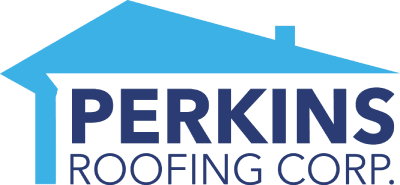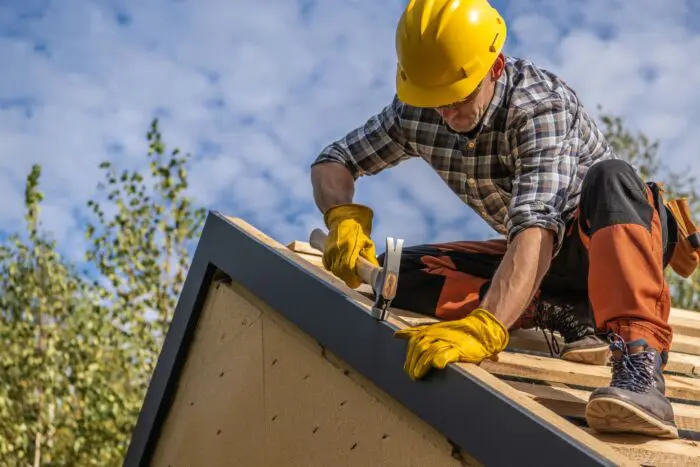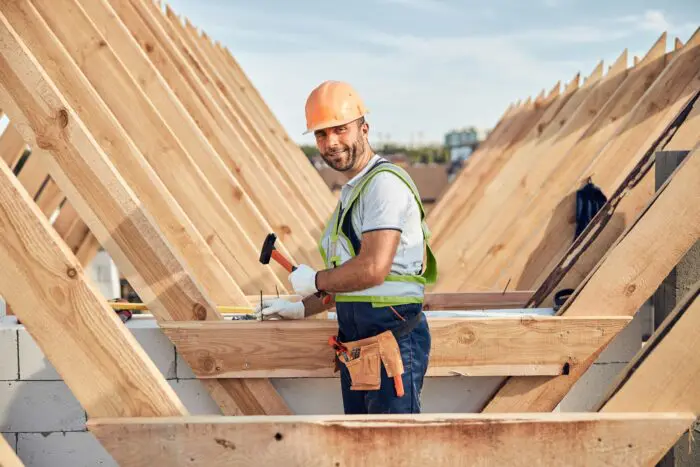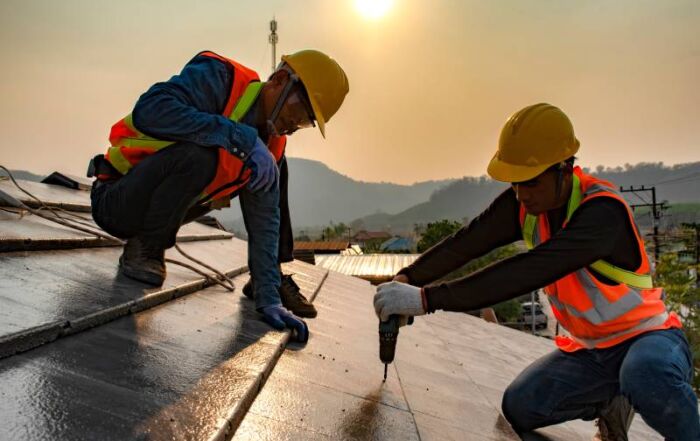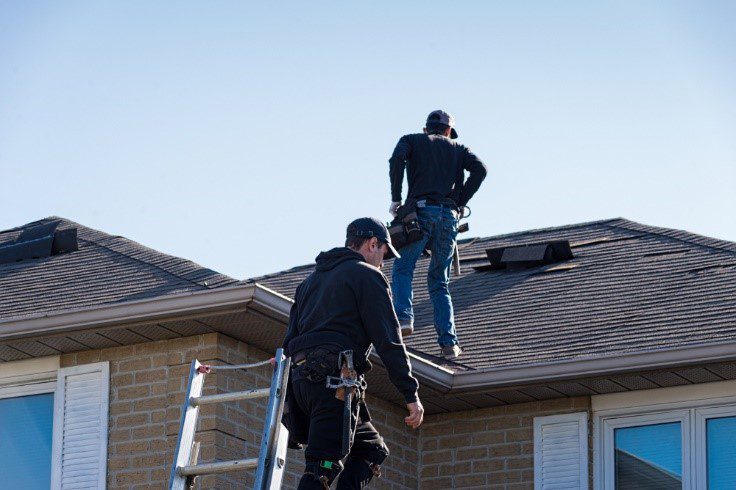
What Does a Roof Inspection Report Include?
The best thing you can do when caring for your roof is to have it inspected. While it’s not every day that you think about the roof covering your head, it’s essential to have it checked periodically to ensure it’s in good shape to withstand the elements, especially before the Florida hurricane season.
Preventative maintenance must include thorough roof inspections to safeguard residential and commercial roofs against storms and seasonal freeze cycles. PVC roofs can last 20–30 years, and TPO roofing can last 15–25 years with regular inspections and maintenance.
When you hire a professional roofing company like Perkins Roofing to inspect your roof, rest assured we’ll provide you with a comprehensive report at the end of the inspection. The report will contain the various aspects of the property checked and their state.
In this article, we share what a typical roof inspection report covers. It includes the following:
1. Internal roof status
A thorough roof inspection goes beyond the surface on the outside. The inner part of the roof is where the most critical data about the roof’s health can be gathered. Roof inspectors search for symptoms of roof weakness, such as water stains, rust, mold, and structural integrity issues.
The roof inspection report will outline any of these issues found during the inspection.
2. Roofing shingles
The shingles and any seams that join them make up the surface of your roof. The inspector will check for loose shingles, missing shingles, and cracks. They’ll also look for indications of additional issues, such as blisters or depressions in the way the shingles are installed.
The roof inspection report will detail the state of your shingles so you understand any problems with them and what you need to do to have them fixed.
3. Flashing
The roof inspector will examine the flashing detailing on your roof stacks, walls, and curbs. They’ll work to find any cracks or fissures you’ll need to fix before the hurricane season arrives.
Cracks and other failures are more prevalent around transition points. Any flashing problems discovered during the inspection will be included in the report.
4. Caulk and coping inspection
Some parts of your roof like your chimneys are joined together with other surfaces using coping and caulk.
The roof inspector will check to see if these things are lost or loose. They also look for corrosion and other leakage indicators. The report will outline any lost or loose caulking or coping.
5. Attic
The roof inspector can enter your house or ascend to your attic. The goal is to search for indications of water leaks, such as stained ceilings or insulation in the attic. The inspector will also look for thermal leaks like tiny gaps under your shingles that aren’t yet large enough to let water in.
Any issues identified will be included in the final report.
6. Roof Drainage
There should be no obstacles in your gutters or any confined spaces on your roof. Your roof should allow water to drain out without collecting.
Damaged roof drainage can cause standing water on your roof, which can become an issue. A roof inspection looks for and documents any issues with your roof drainage.
7. Downspouts
The inspector will examine your downspouts and their ground-level terminations. These parts can occasionally be destroyed by activities like lawn mowing or passing vehicles. They must be replaced if they are damaged to prevent issues.
8. External growth
Moss, lichen, and algae can grow on the surface of your roof. This growth can indicate poor drainage or deterioration of the underlying surfaces and can erode your roof even if it wasn’t already damaged.
However, algae might not be dangerous, but it still needs to be investigated. Small stains, like those left behind by a particularly hard downpour, are often merely an aesthetic issue. Algae with larger growth or one that doesn’t disappear after prolonged sun exposure may indicate drainage or rotting issues.
A detailed roof inspection report will indicate any issues like algae and moss growth that can damage your roof.
9. Roof attachments
If you have chimneys, skylights, rooftop air conditioners, satellite dishes, TV antennas, or other equipment on your roof, it must be secure and in good working order. These items can damage your roof if they fall off during a storm.
Most roof inspectors will check these roof attachments and include any issues on the report.
Need A Roof Inspection?
If you are a homeowner, it is important to get a roof inspection regularly. A proper roof inspection will determine the condition of your roof and identify any potential issues such as roof leaks or damage to the roofing material. The inspection may also check for proper attic ventilation and the condition of the soffit and fascia.
A professional roofing contractor can provide you with a thorough inspection and give you a detailed roof inspection report. This report usually begins with identifying the type of roof you have, the type of roofing material used, and any roof penetrations such as vents or chimneys. It will also include recommendations for roof maintenance, repairs, or if needed, a roof replacement. This information is important for your insurance company as well, as they may require a roof inspection to determine coverage.
By keeping your roof in good condition, you can ensure that it will last and protect your home for many years. Whether you need to repair or replace, getting a roof inspection is an important step to take to identify what your roof needs.
What Next?
Once you get the roof inspection report, the next step is to contact the same company or any reputable roofer like Perkins Roofing to help fix any issues contained in the report.
Contact us to learn how we can help you.
